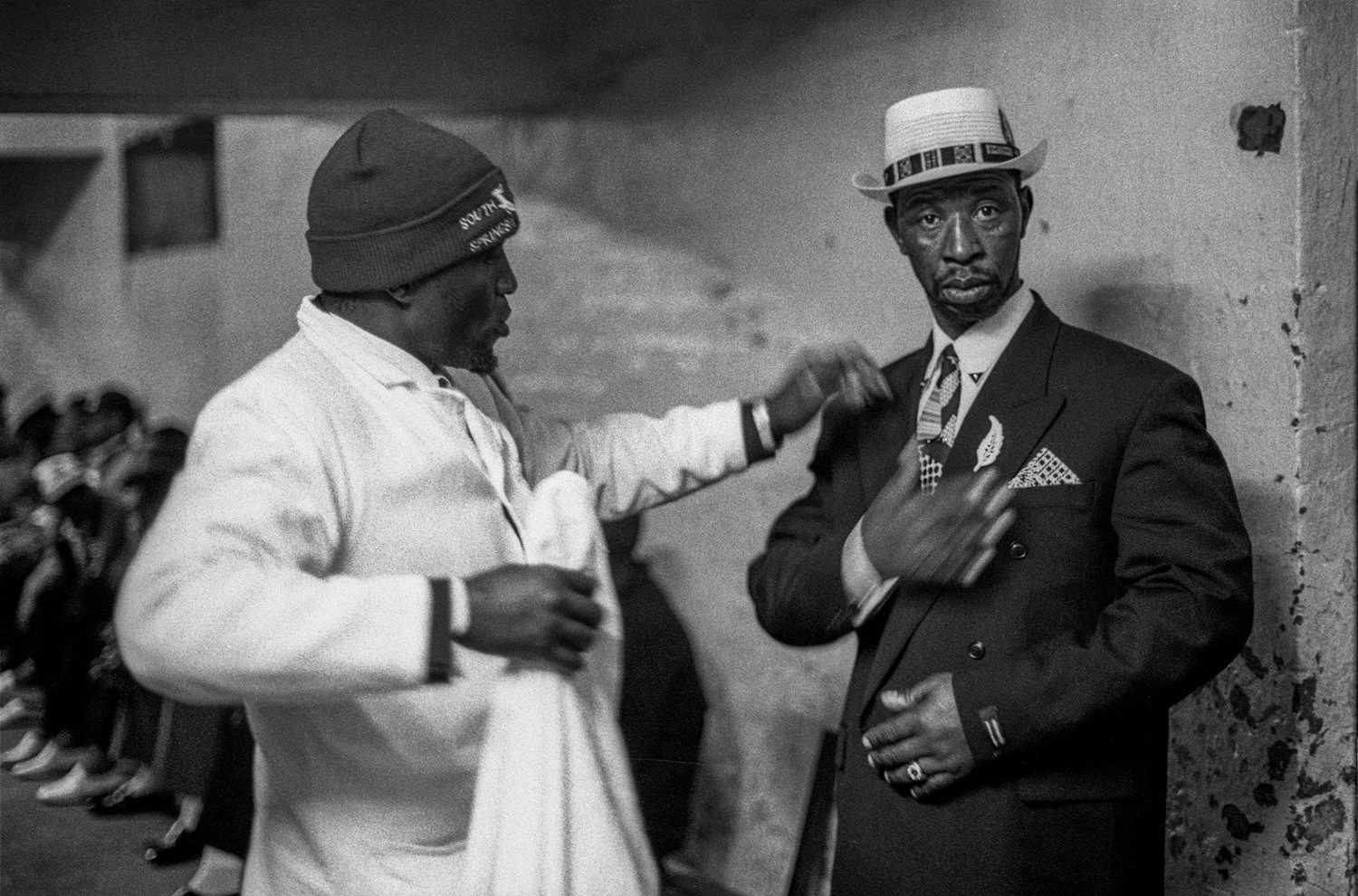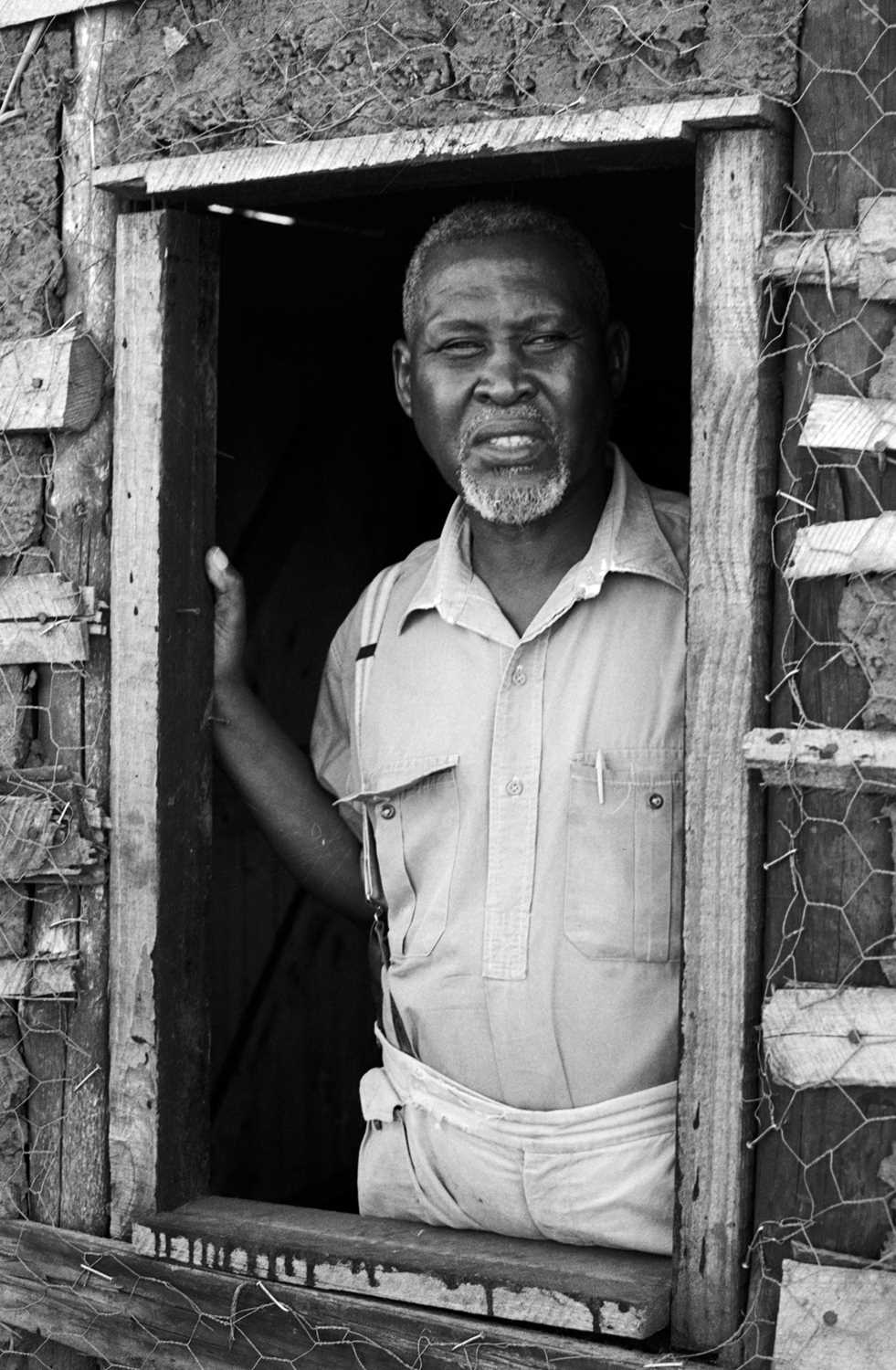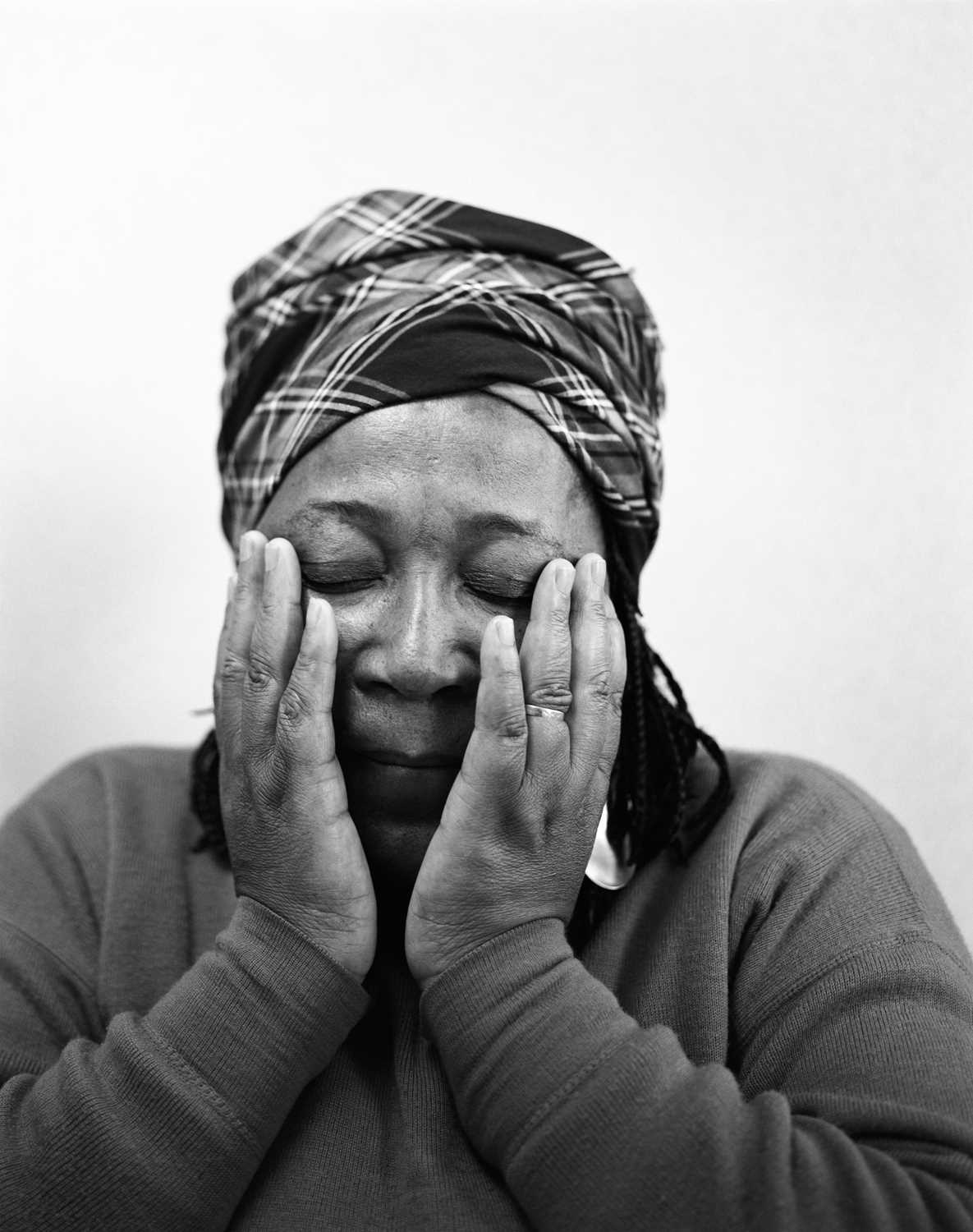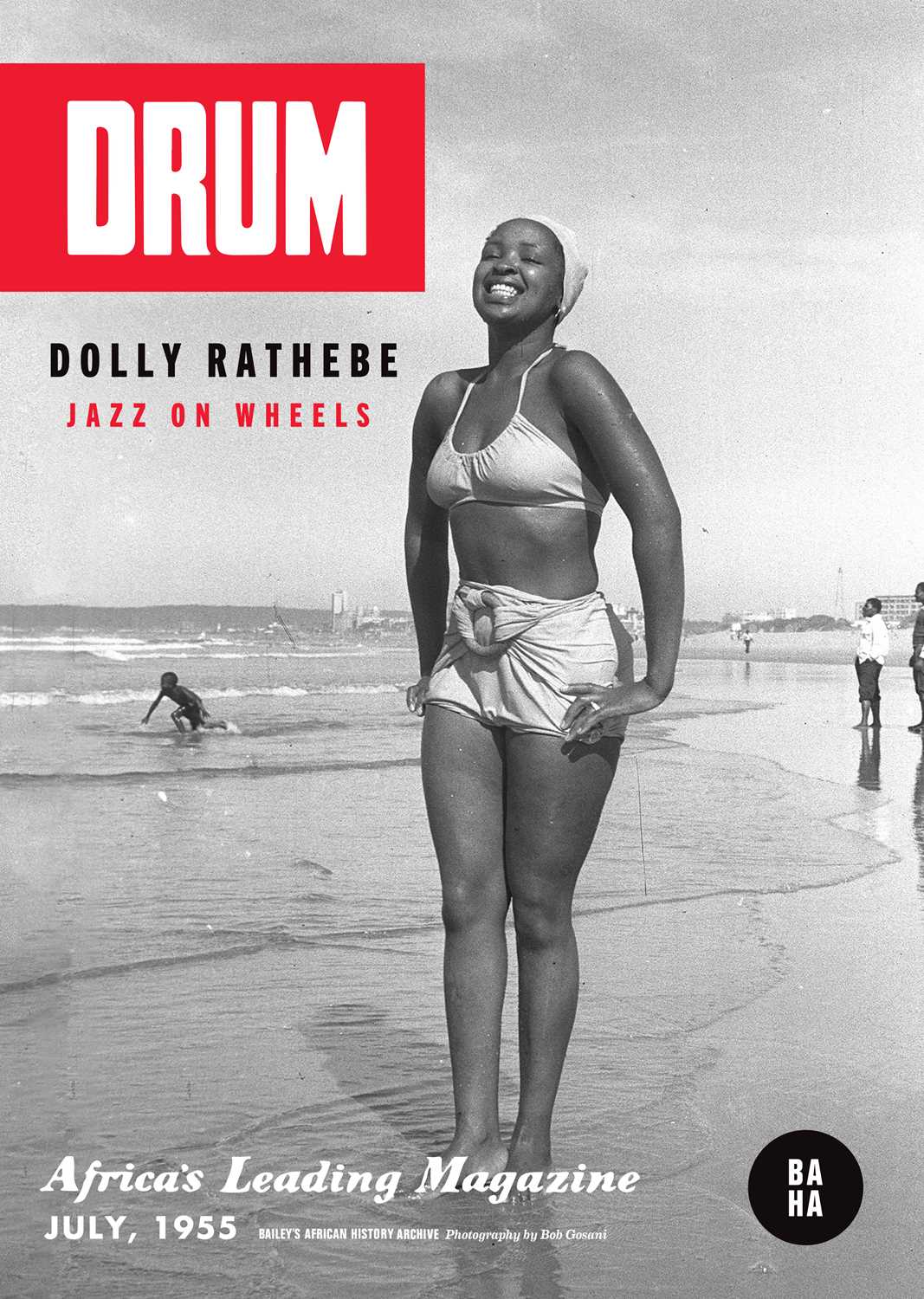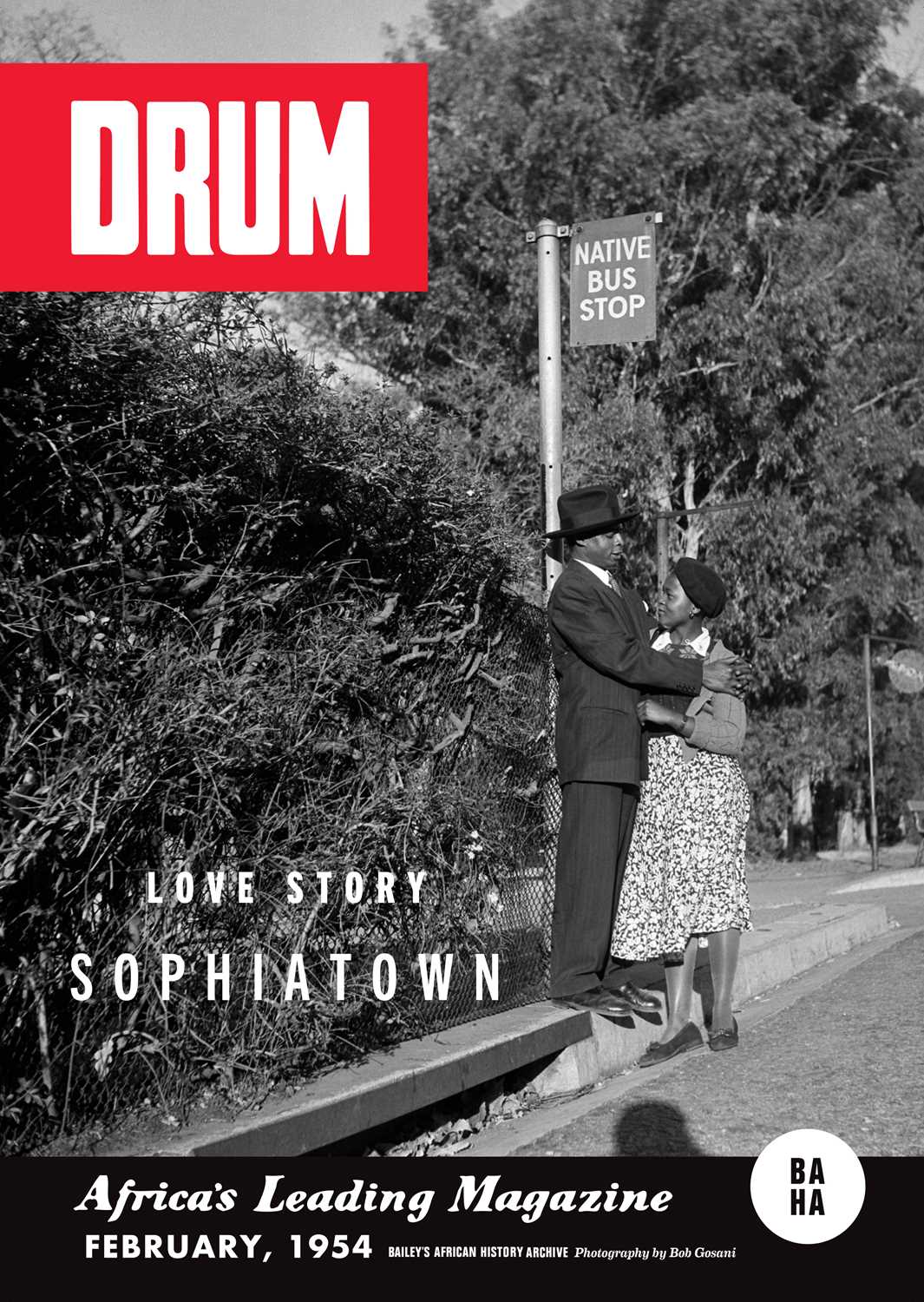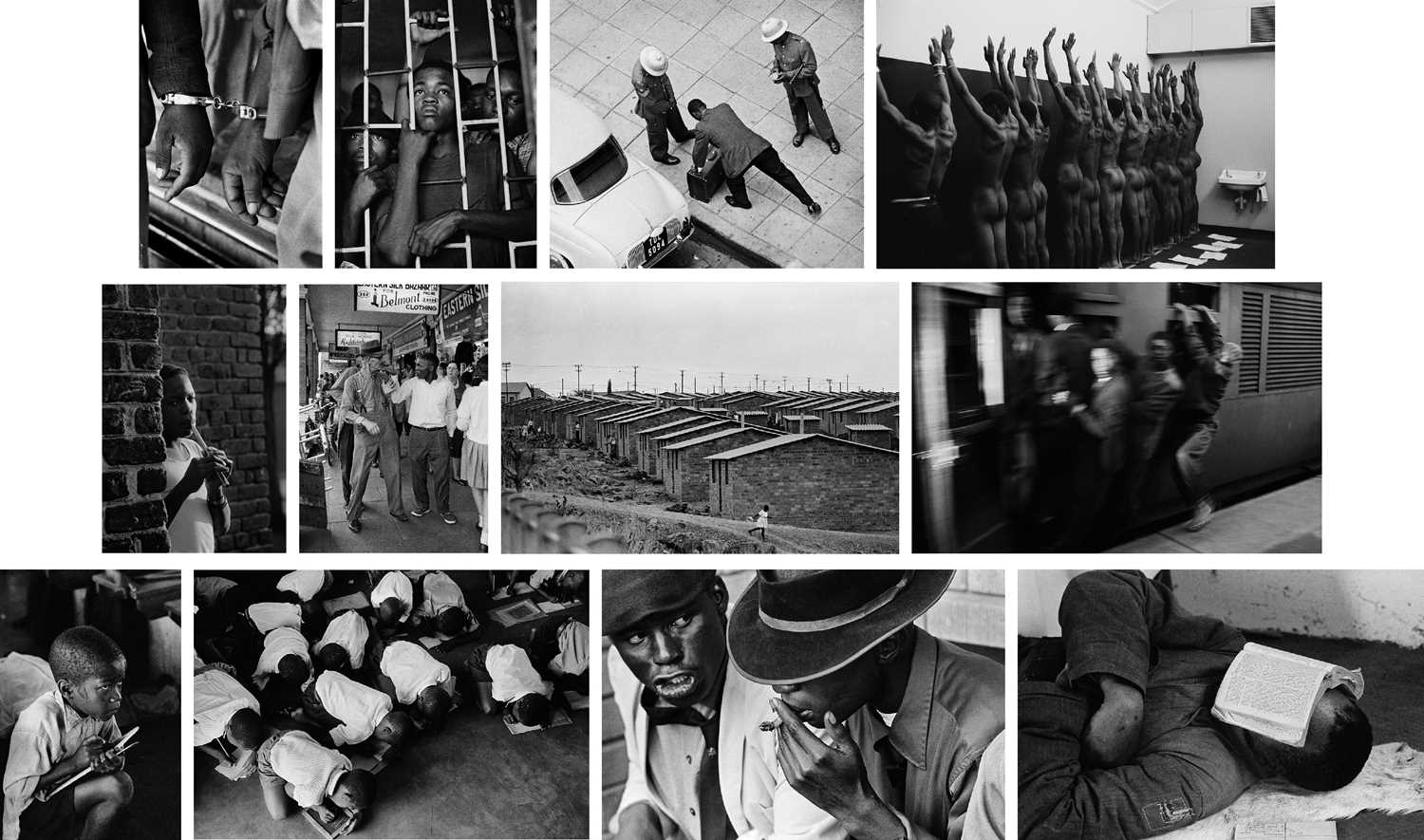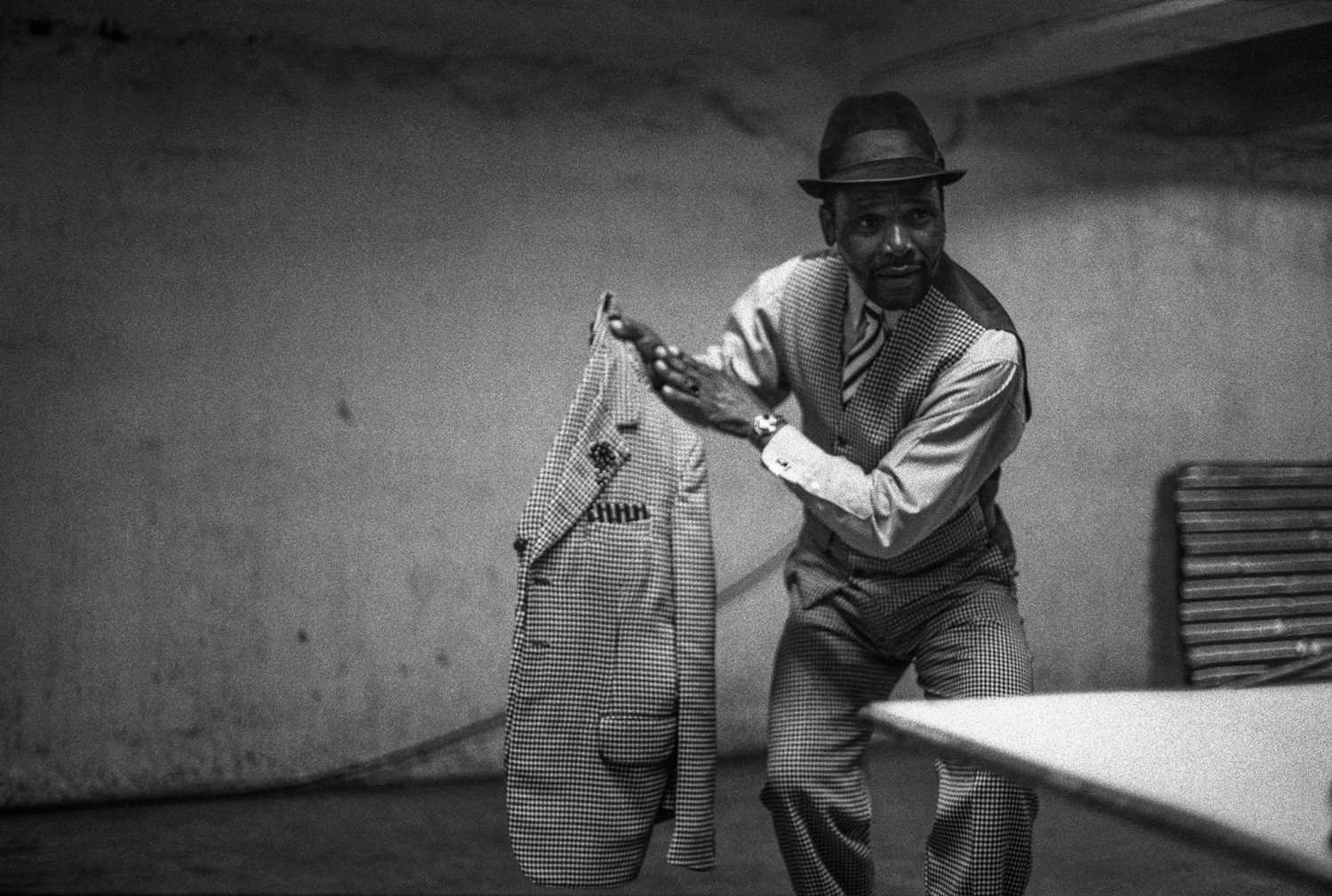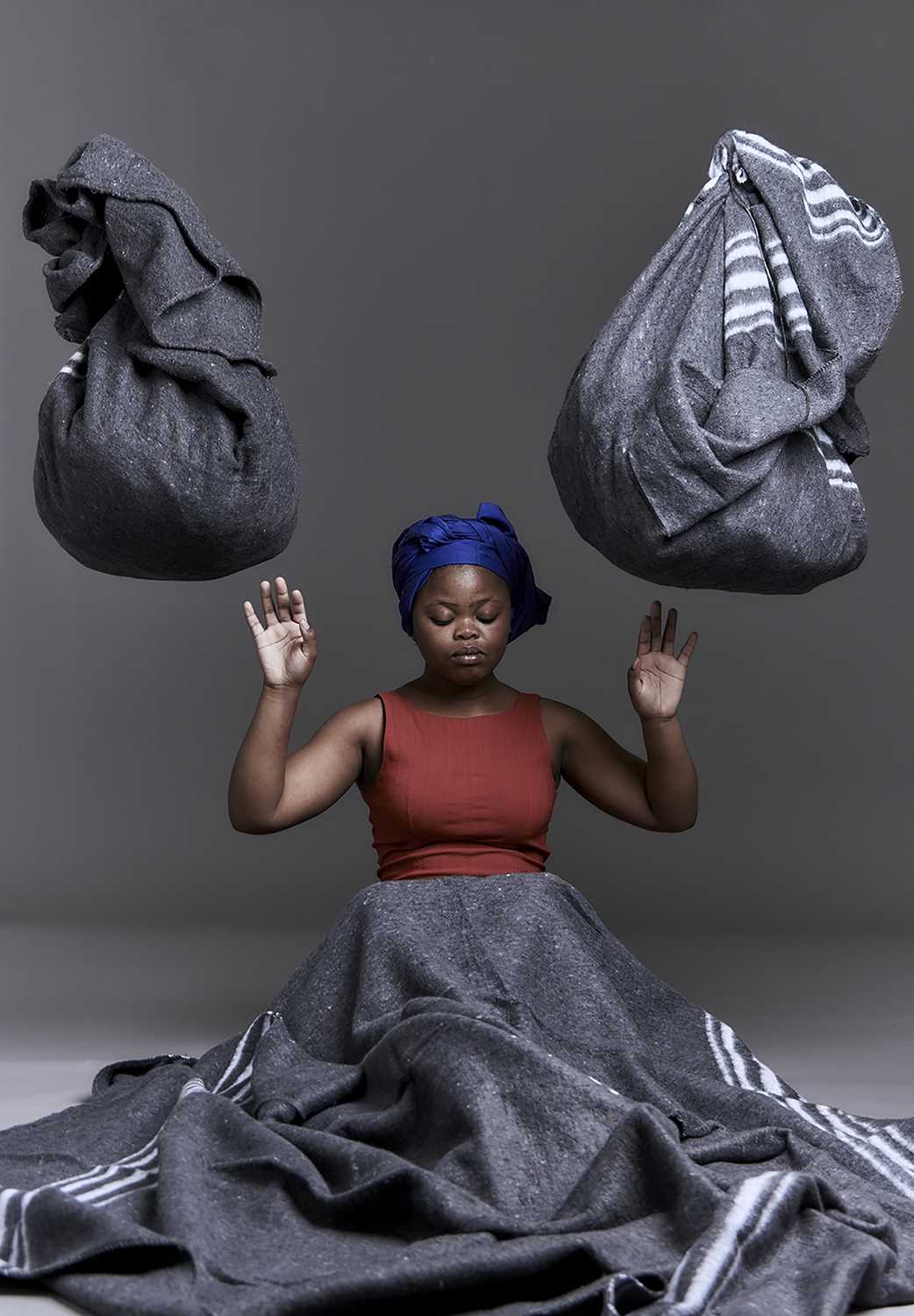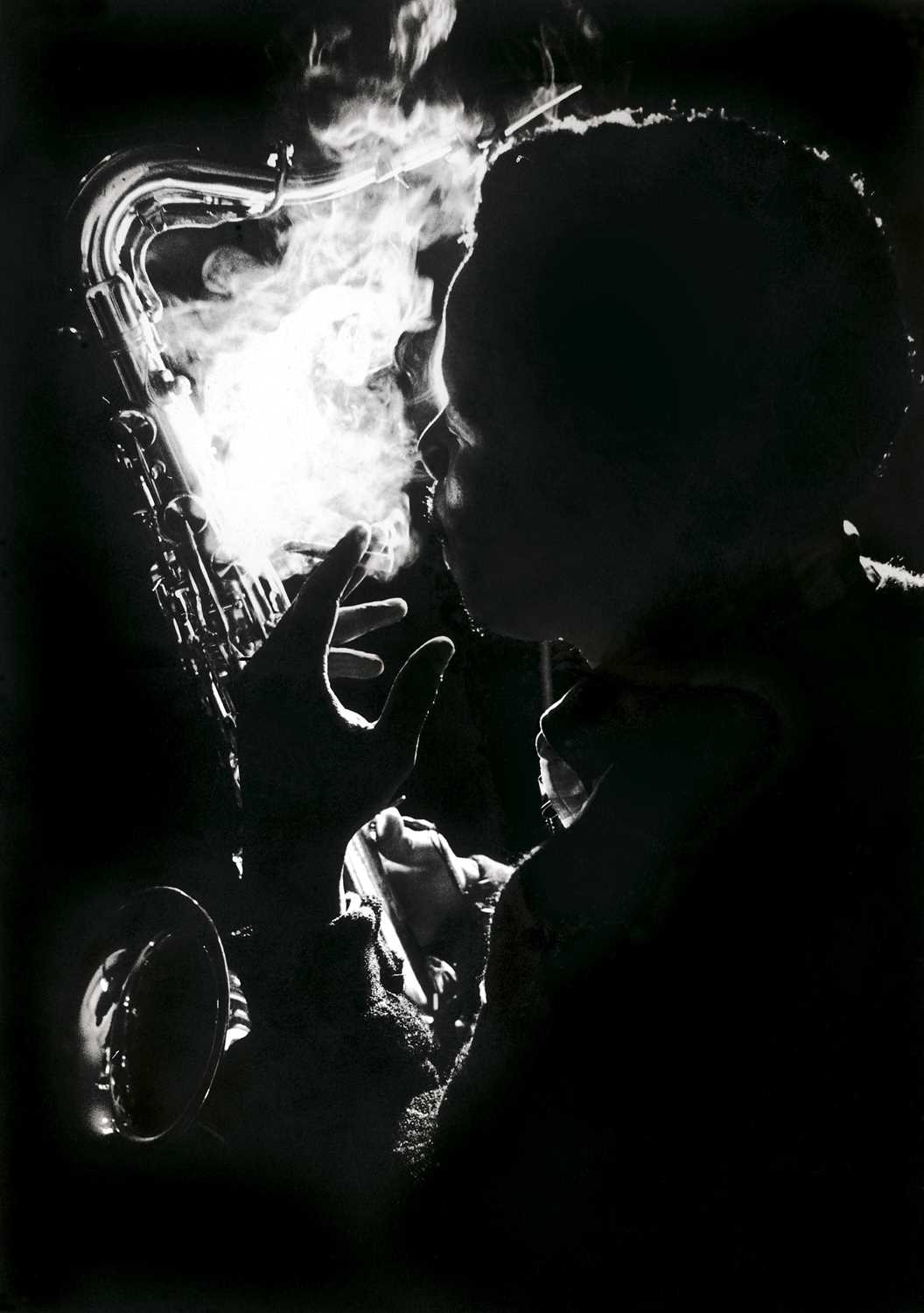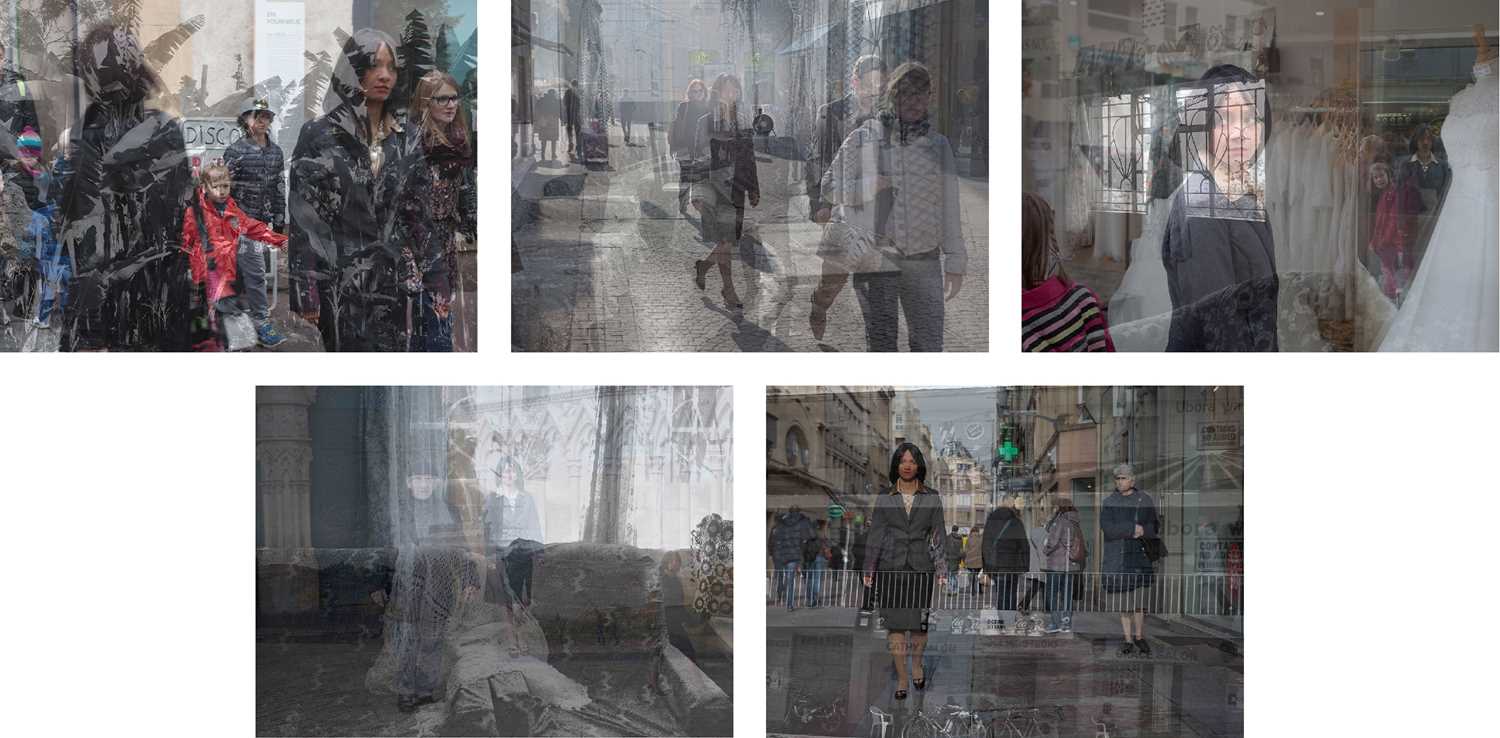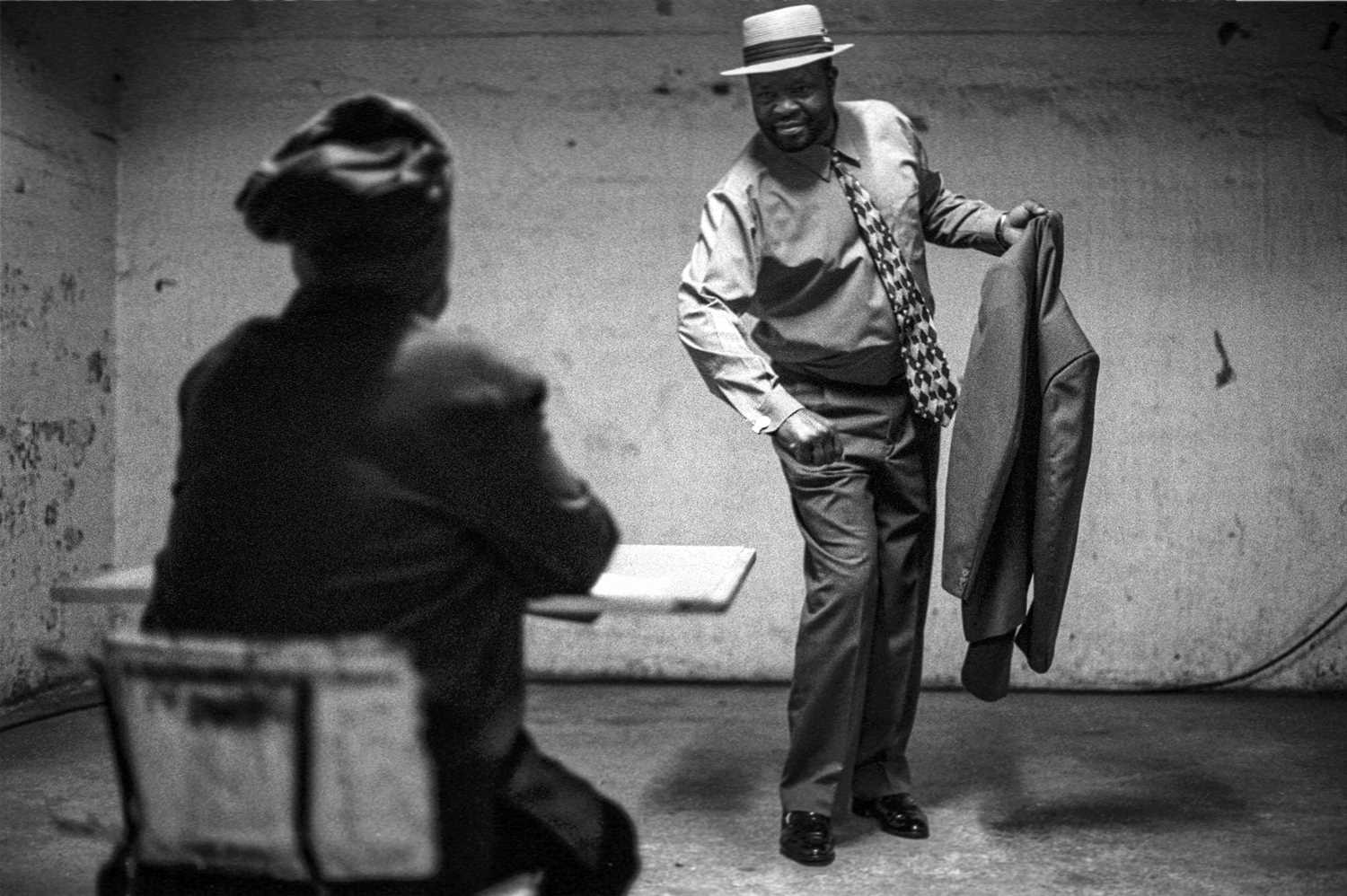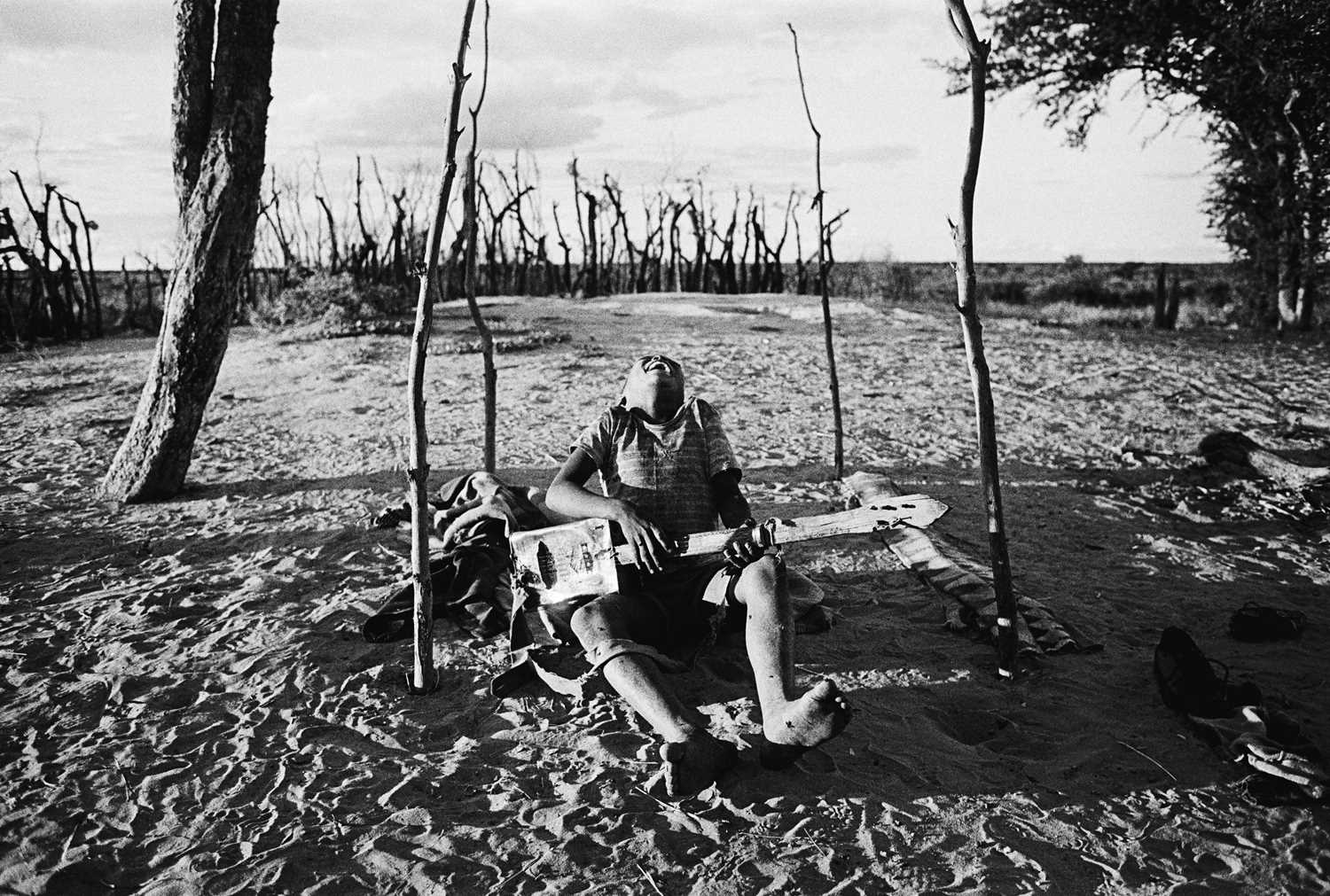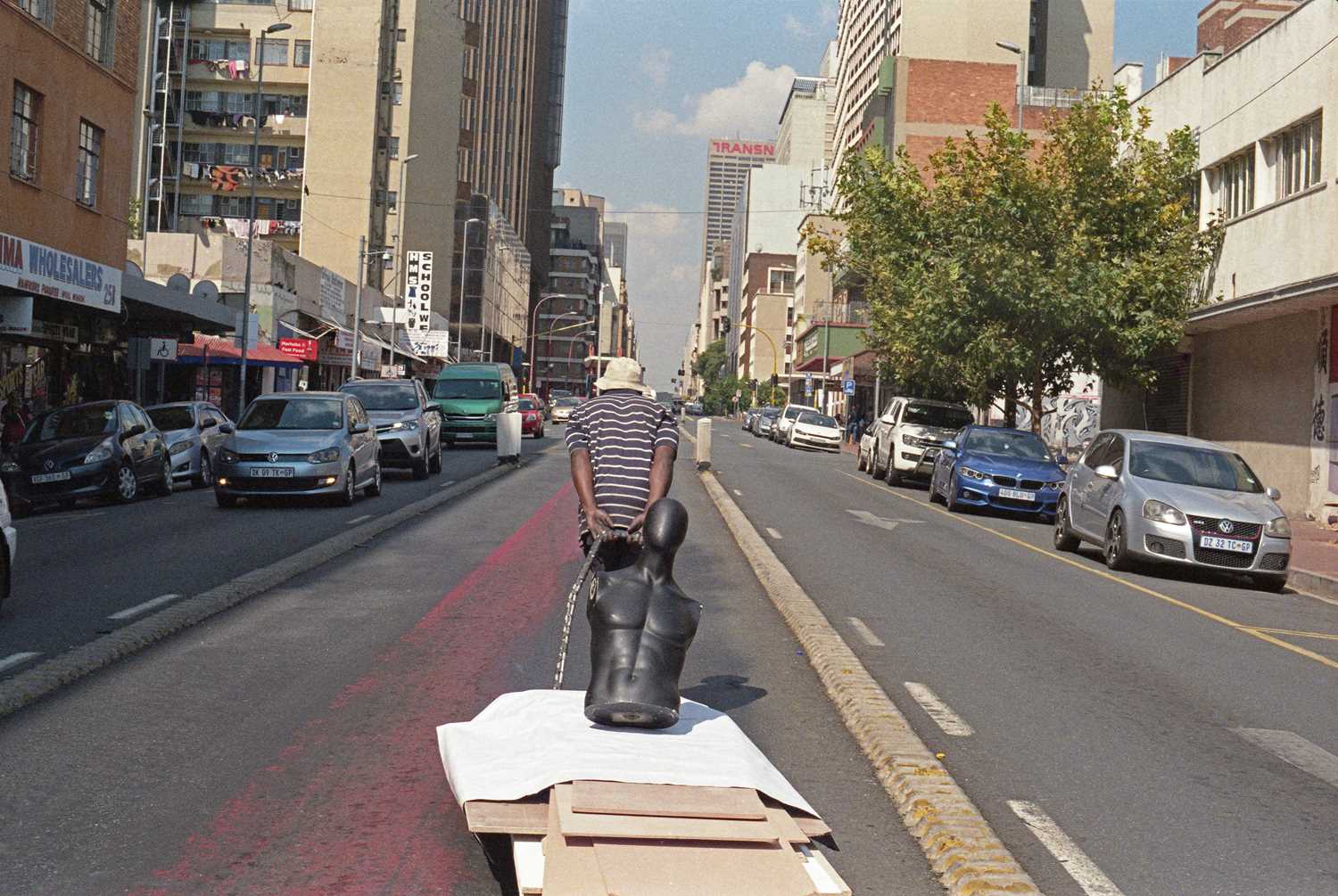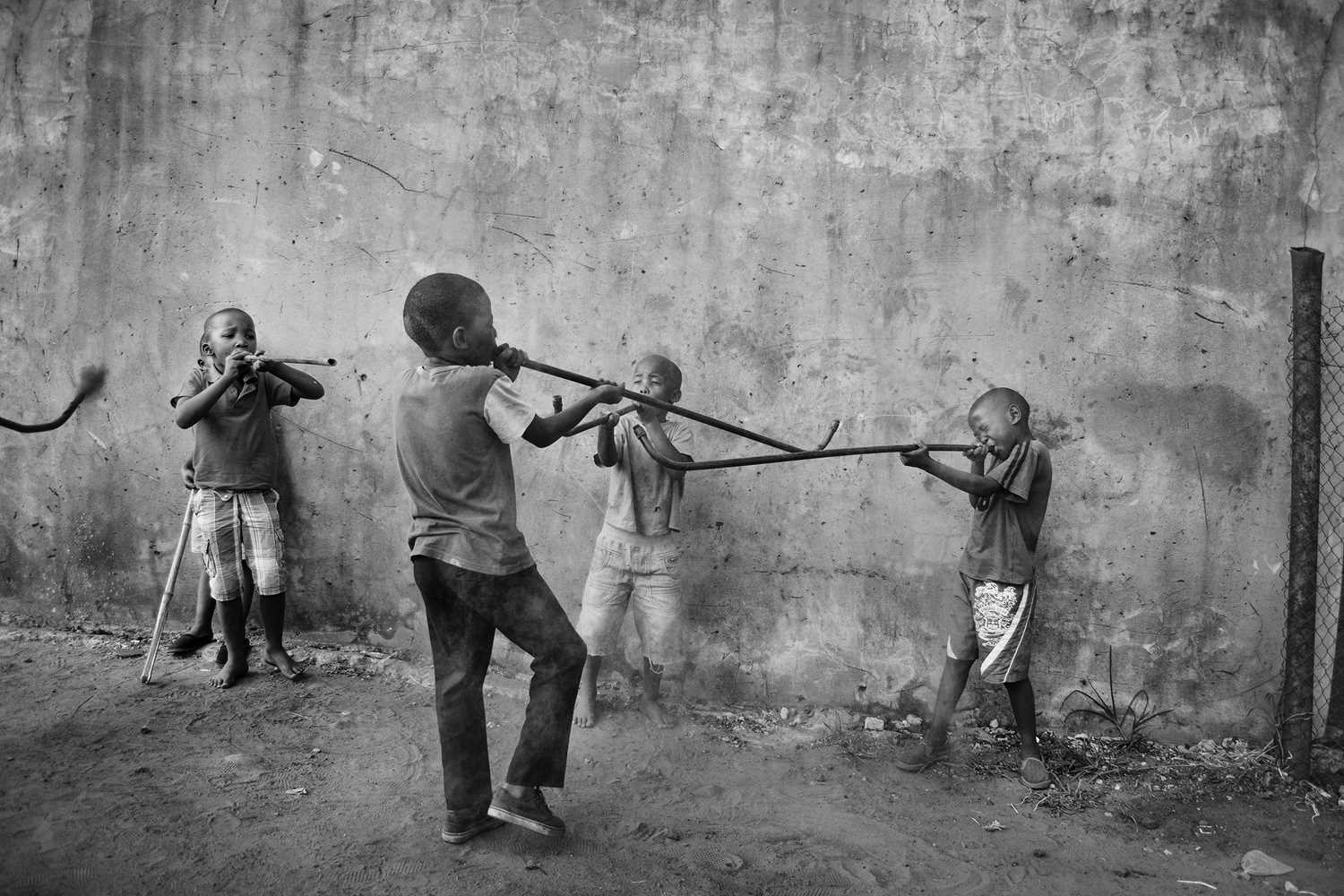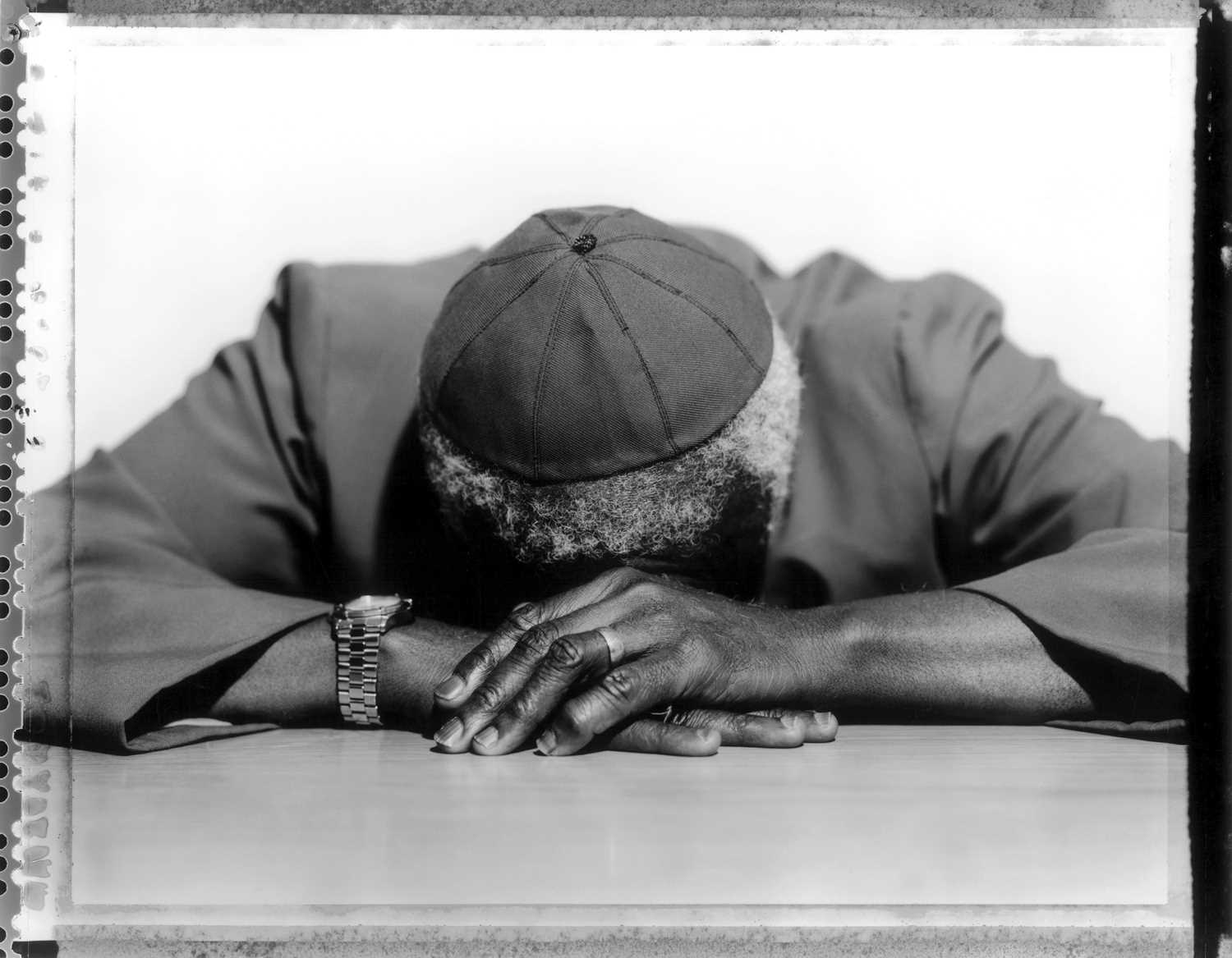5th Nov, 2020 19:00
Aspire X PLP | African Photography Auction 2020

67
± Jo Ractliffe (South Africa 1961-)
With David Goldblatt, Heuningvlei, Northern Cape, 2002
silver gelatin print
Artwork date: 2002
Signature details: signed on the reverse
Edition: number 1 from an edition of 3 + 1AP
Sold for R32,830
Estimated at R20,000 - R30,000
silver gelatin print
Artwork date: 2002
Signature details: signed on the reverse
Edition: number 1 from an edition of 3 + 1AP
(1)
image size: 20 x 48 cm, sheet size: 24 x 57 cm, unframed
Notes:
Jo Ractli"e was born in Cape Town, South Africa, and currently lives there. She has held fellowships at the Centre for Curating the Archive, University of Cape Town (2014); Wits Institute for Social and Economic Research, Johannesburg (2010); Ampersand Foundation, New York (2008); the Christian Merian Stiftung fellowship at iaab studios, Basel (2001); and the Ecole Cantonale d'Art du Vallais fellowship, Sierre (2001). Ractli"e was nominated for the Discovery Prize at the Rencontres d'Arles photography festival (2011). Her work has been exhibited and published widely, including major exhibitions in France, the Netherlands, Taiwan, UK, Austria, the USA, Germany, and Spain. Recent solo exhibitions include Signs of Life, Stevenson, Cape Town (2019); Hay Tiempo, No Hay Tiempo, Centro Fotográfico Álvarez Bravo, as part of Hacer Noche, Oaxaca (2018); Everything is Everything, Stevenson, Johannesburg (2017); After War, Fondation A Stichting, Brussels (2015); The Aftermath of Conflict: Jo Ractli!e's Photographs of Angola and South Africa, Metropolitan Museum of Art, New York (2015); Someone Else's Country, Peabody Essex Museum, Salem (2014); and The Borderlands, Stevenson, Cape Town (2013). Jo Ractli!e: Drives, the first US survey of the photographer’s work, opens at the Art Institute of Chicago in October 2020. Ractli"e’s photo-books include Everything is Everything (2017); The Borderlands (2015); As Terras do Fim do Mundo (2010) and Terreno Ocupado (2008). As Terras do Fim do Mundo was shortlisted in the category of Best Photobook of 2010 at the International Photobook Festival in Kassel (2011)."We went on this trip because David was on a mission to find Bute Asbestos Mine. From Kuruman we travelled north, passing through Heuningvlei – a dry ghost of a pan flanking an old mining village that had once boasted swimming pools, tennis courts and picnic areas, now all of it a desolation. We left the chalky dirt road and headed into the landscape. It was hot, still and quiet – each sharp clunk of a rock hitting the car’s undercarriage magnified in the silence. I had a worn-out copy of T. V. Bulpin’s Discovering Southern Africa with me, searching out bits of information – geological formations, early expeditions and mining explorations – as if these would activate something out there, deliver me from the sameness of it all. But when I looked through the window, it was just shiny brown rock, glinting with the blue of asbestos. In this landscape nothing o"ers itself up easily; you have to be patient – and attentive. Sometimes David would point to a mound of rocks, or a shallow pit in the ground; looking closer I would see the remains of an open cast mine or an adit. Then we would discover other things; an old enamel mug or tin bath, traces of past labour. And so we proceeded. Until suddenly, in the middle of a clearing we saw a well. We stopped, and it was as if someone released the ‘pause’ button and the world came back into motion. Two women sat under a tree doing their washing, blankets draped over the bushes nearby like little bright tents. At a distance, three men sat smoking, their dogs stretched out flat and limp in the heat. The air was dense with flickering white butterflies. A group of hobbled donkeys came hopping to the well to drink, later a white cow and her calf, then some goats. And into all this activity, through a cloud of dust, a horseman galloped up to the well. He was wearing huge teardrop sunglasses. Seeing me, he shouted ‘Hey sister!’, and with arms extended like an announcing angel, he slid o" his horse and held the pose. I photographed David photographing him." – Driving with David, Jo Ractli"e (2002).
You can place an absentee bid through our website - please sign in to your account on our website to proceed.
In the My Account tab you can also enter telephone bids, or email bids@aspireart.net to log telephone/absentee bids.
Join us on the day of the auction to follow and bid in real-time.
The auction will be live-streamed with an audio-visual feed.
Auction: Aspire X PLP | African Photography Auction 2020, 5th Nov, 2020
A collection of pan-African works, straddling the terrain between historical and contemporary photography, were auctioned to support the digitisation of African photographic legacies by the Photography Legacy Project (PLP). Bidders participated from across Europe, the USA and UK, Asia, Australia and Africa – a testament to Aspire’s increasing global reach and collectors’ enthusiasm for African photography.
The auction included photographic luminaries such as David Goldblatt, Alf Kumalo, G.R. Naidoo, Ranjith Kally and Ian Berry, as well as more contemporary internationally acclaimed photographers like Guy Tillim, Jo Ractliffe, Syowia Kyambi and Mikhael Subotzky. The lead lot, a portfolio of 12 silver gelatin prints from the legendary photographer Ernest Cole’s seminal 1967 book House of Bondage sold for an astounding R569,000 – a new world auction record.
HIGHLIGHTS
Currency conversions are based on the exchange rate at the auction's start time and date. Bidders should verify the current exchange rate on the day of the sale. All invoices and payments must be made in South African Rands.
IMPORTANT NOTICE:
Logistics
While we endeavour to assist our Clients as much as possible, we require artwork(s) to be delivered and/or collected from our premises by the Client. In instances where a Client is unable to deliver or collect artwork(s), Aspire staff is available to assist in this process by outsourcing the services to one of our preferred Service Providers. The cost for this will be for the Client’s account, with an additional Handling Fee of 15% charged on top of the Service Provider’s invoice.
Aspire Art provides inter-company transfer services for its Clients between Johannesburg and Cape Town branches. These are based on the size of the artwork(s), and charged as follows:
Small (≤60x90x10 cm): R480
Medium (≤90x120x15 cm): R960
Large (≤120x150x20 cm): R1,440
Over-size: Special quote
Should artwork(s) be collected or delivered to/from Clients by Aspire Art directly, the following charges will apply:
Collection/delivery ≤20km: R400
Collection/delivery 20km>R800≤50km
Collection/delivery >50km: Special quote
Packaging
A flat fee of R100 will be added to the invoice for packaging of unframed works on paper.
International Collectors Shipping Package
For collectors based outside South Africa who purchase regularly from Aspire Art’s auctions in South Africa, it does not make sense to ship artworks individually or per auction and pay shipping every time you buy another work. Consequently, we have developed a special collectors’ shipping package to assist in reducing shipping costs and the constant demands of logistics arrangements.
For buyers from outside South Africa, we will keep the artworks you have purchased in storage during the year and then ship all the works you have acquired during the year together, so the shipping costs are reduced. At the end of the annual period, we will source various quotes to get you the best price, and ship all your artworks to your desired address at once.
Aspire Art will arrange suitable storage during, and cost-effective shipping at the end, of the annual period.
Collections
Collections are by appointment, with 24-hours’ notice
Clients are requested to contact the relevant office and inform Aspire Art of which artwork(s) they would like to collect, and allow a 24-hour window for Aspire Art’s logistics department to retrieve the artwork(s) and prepare them for collection.
Handling Fee
Aspire Art charges a 15% Handling Fee on all Logistics, Framing, Restoration and Conservation arranged by Aspire.



